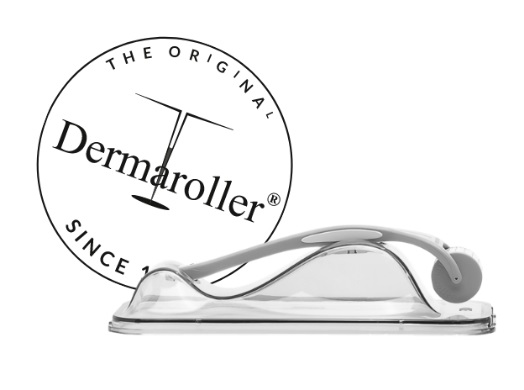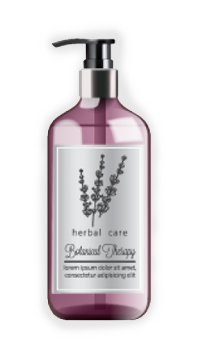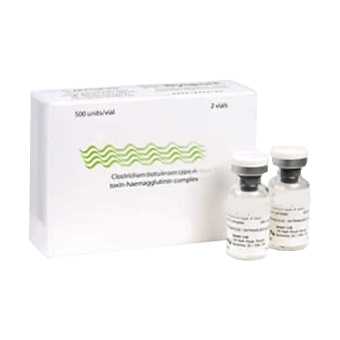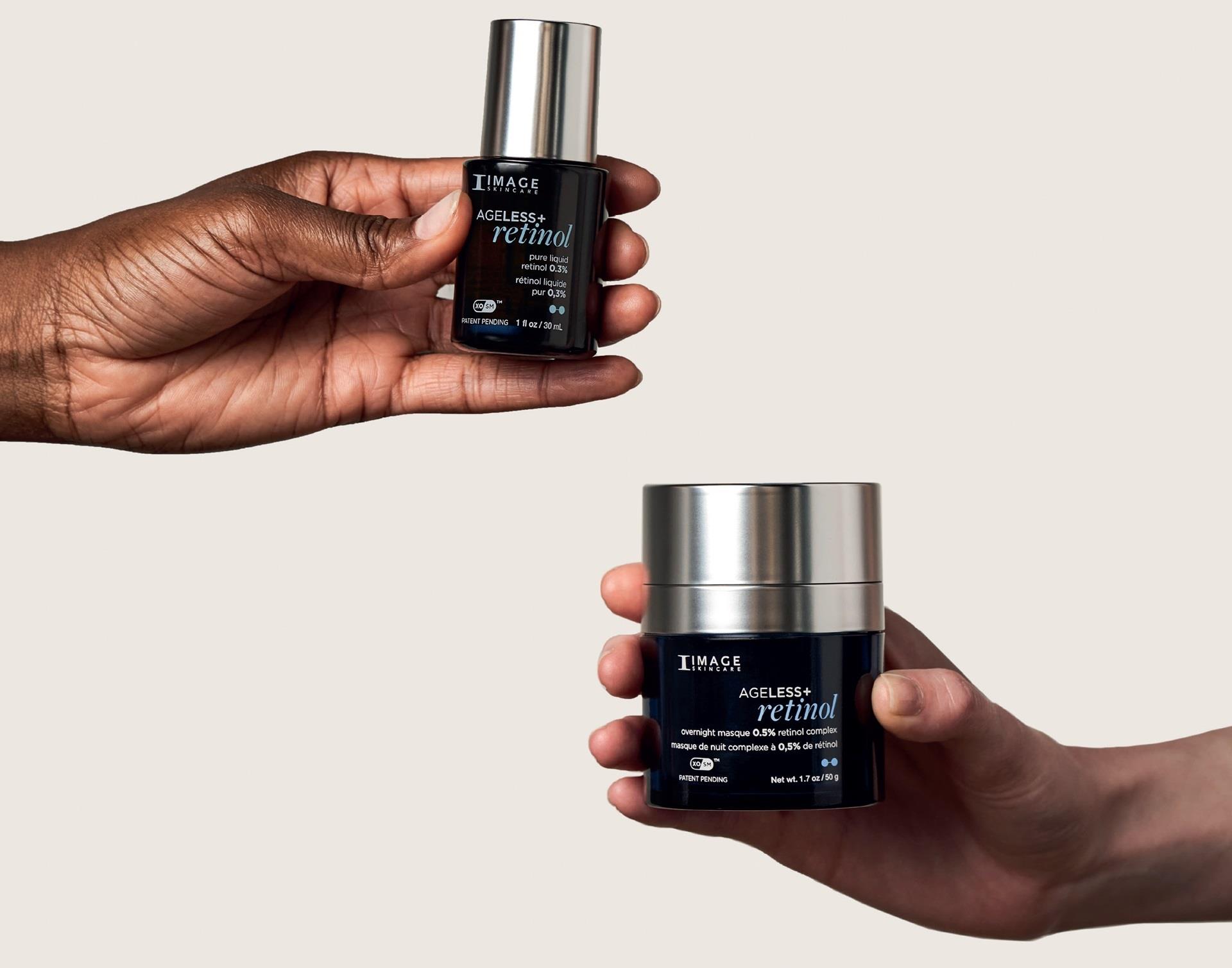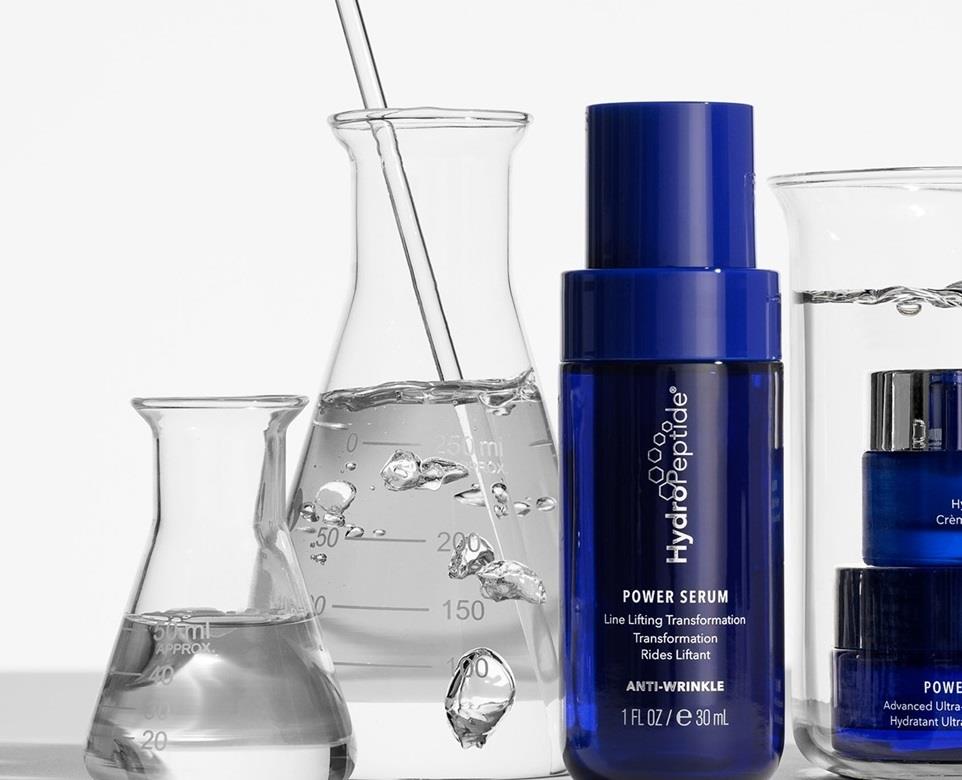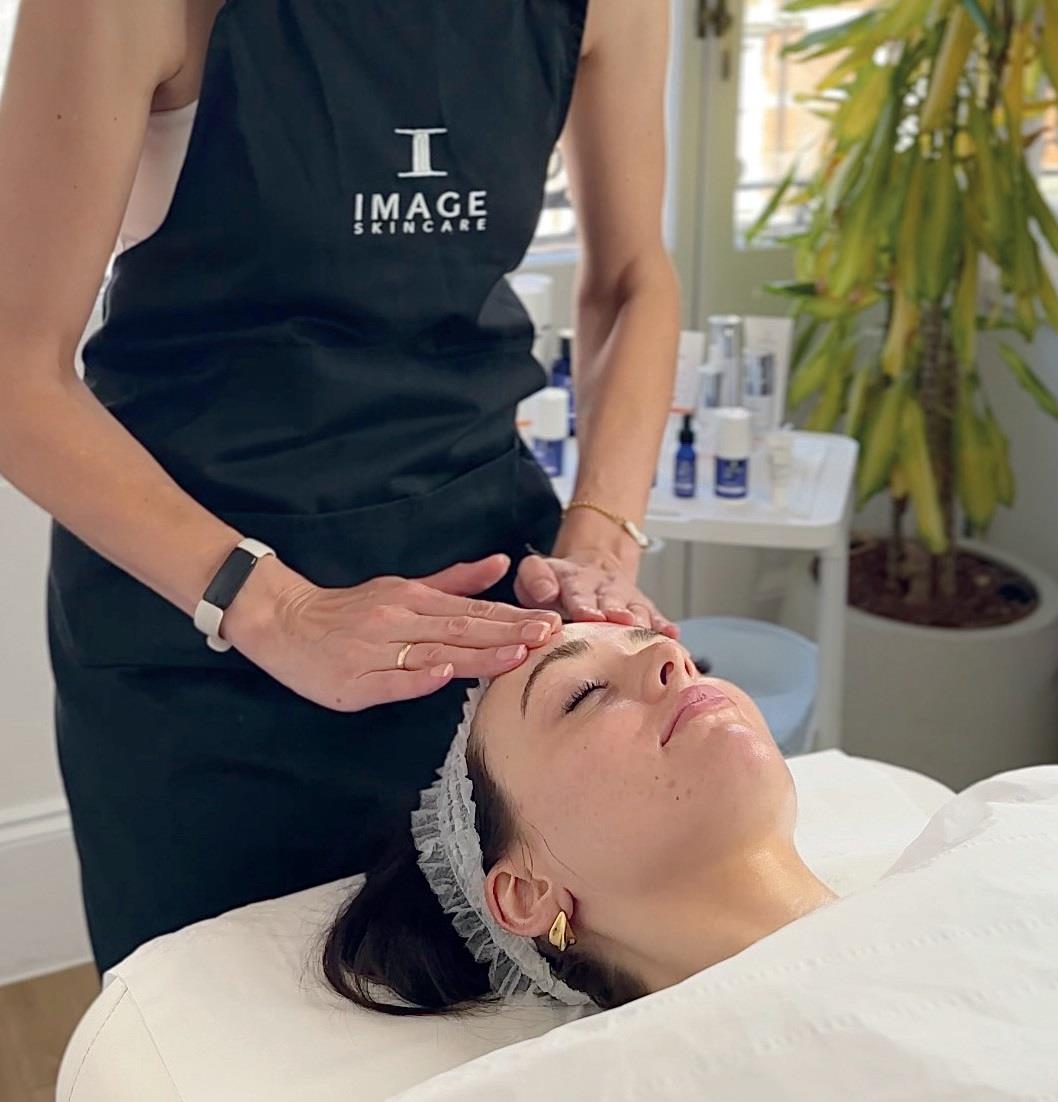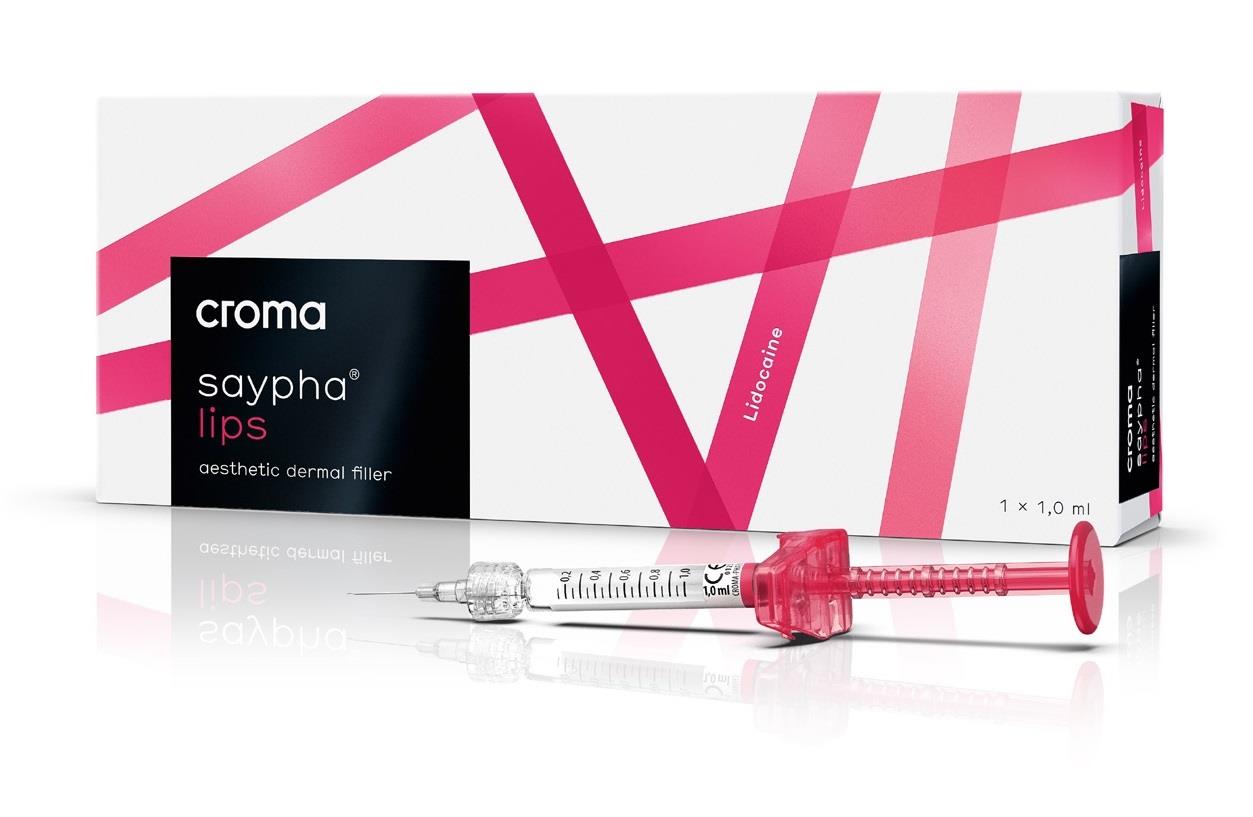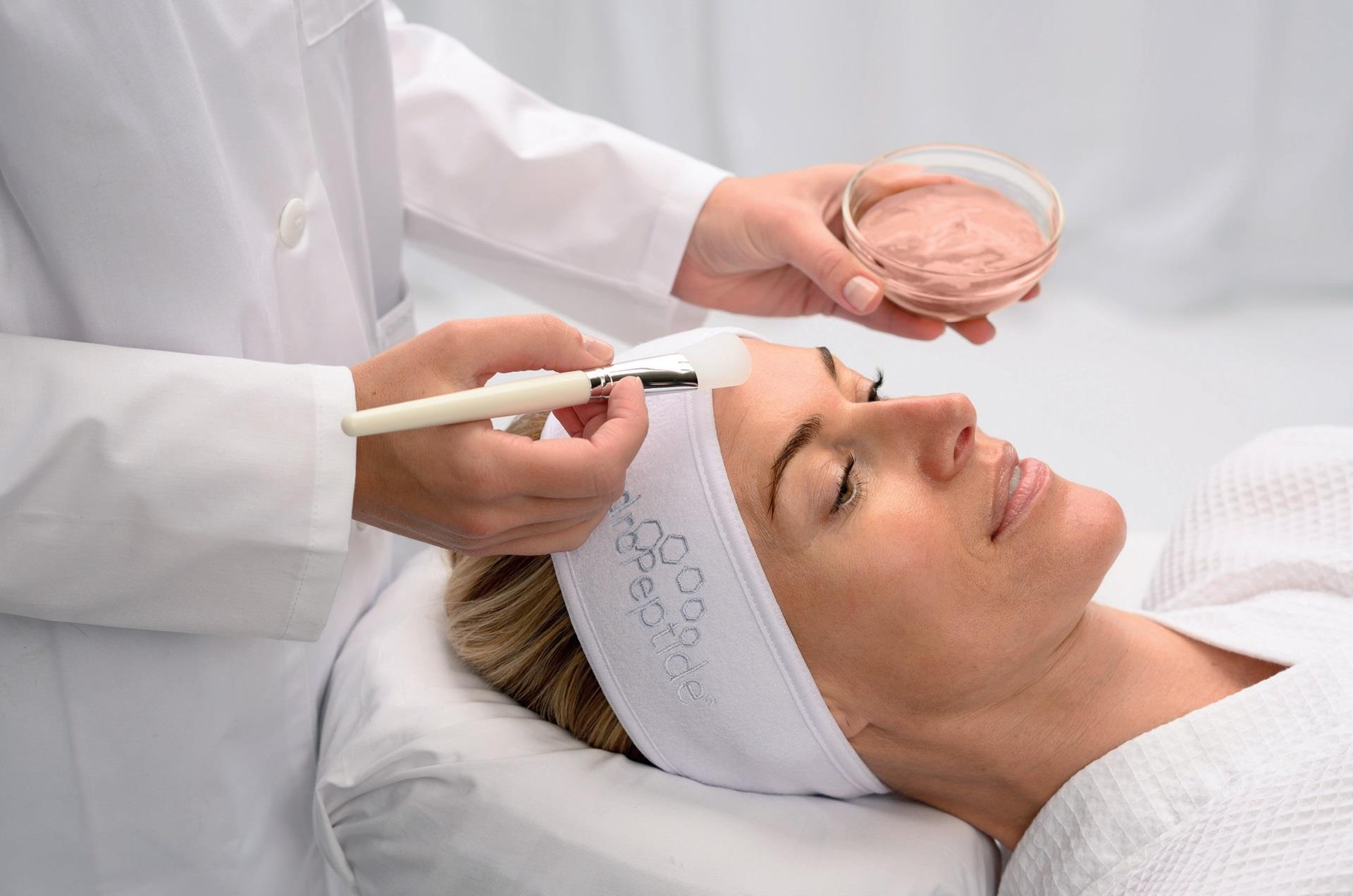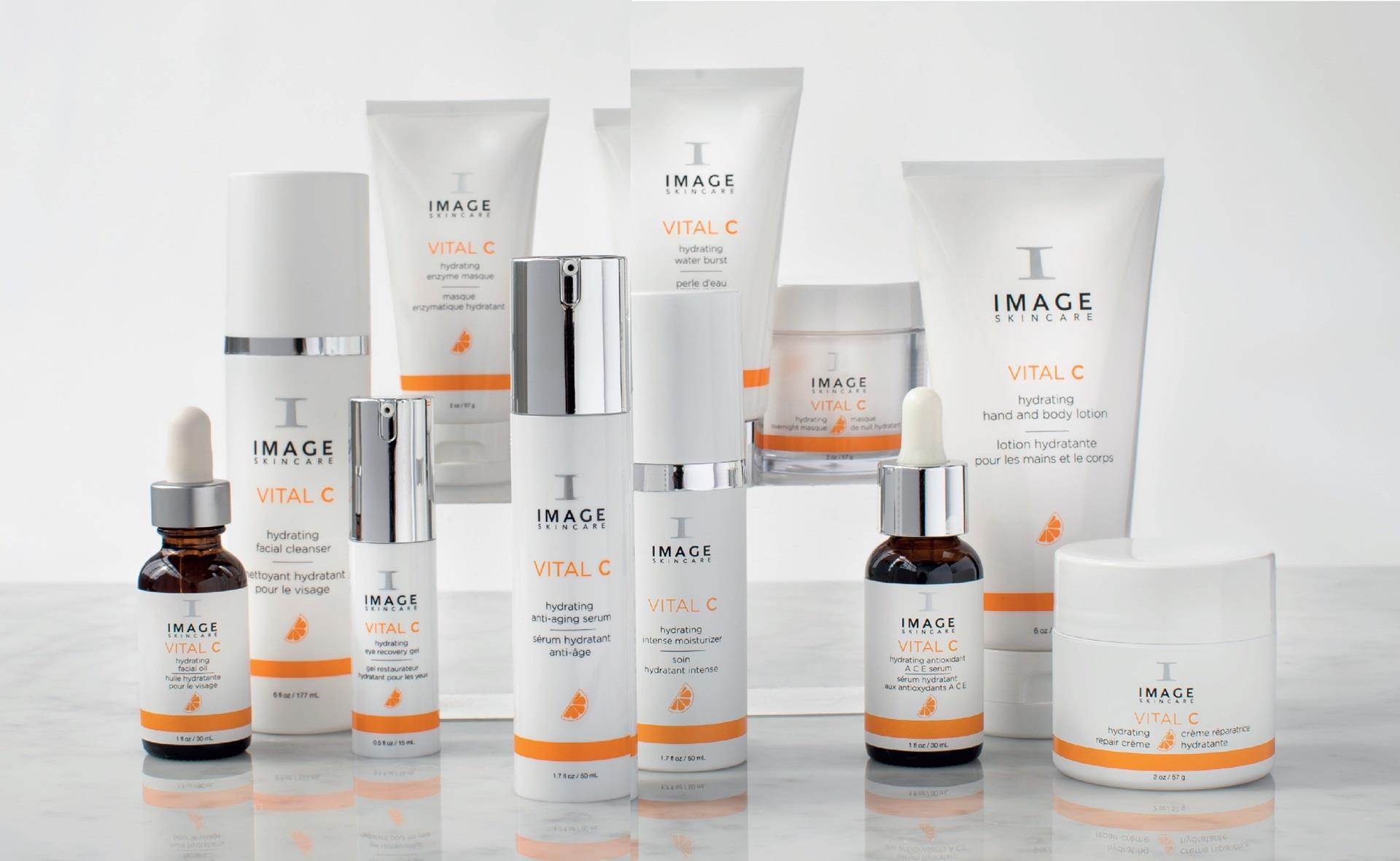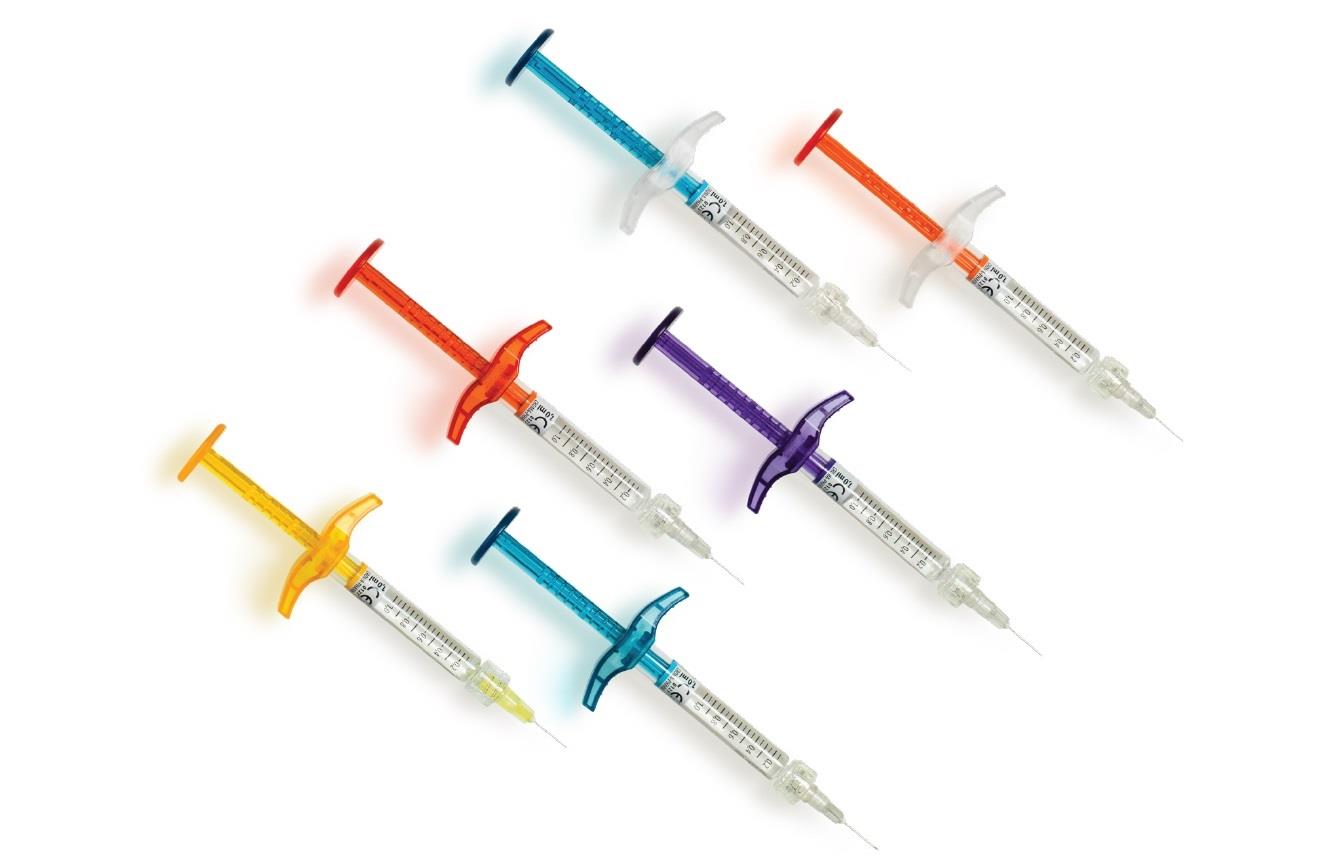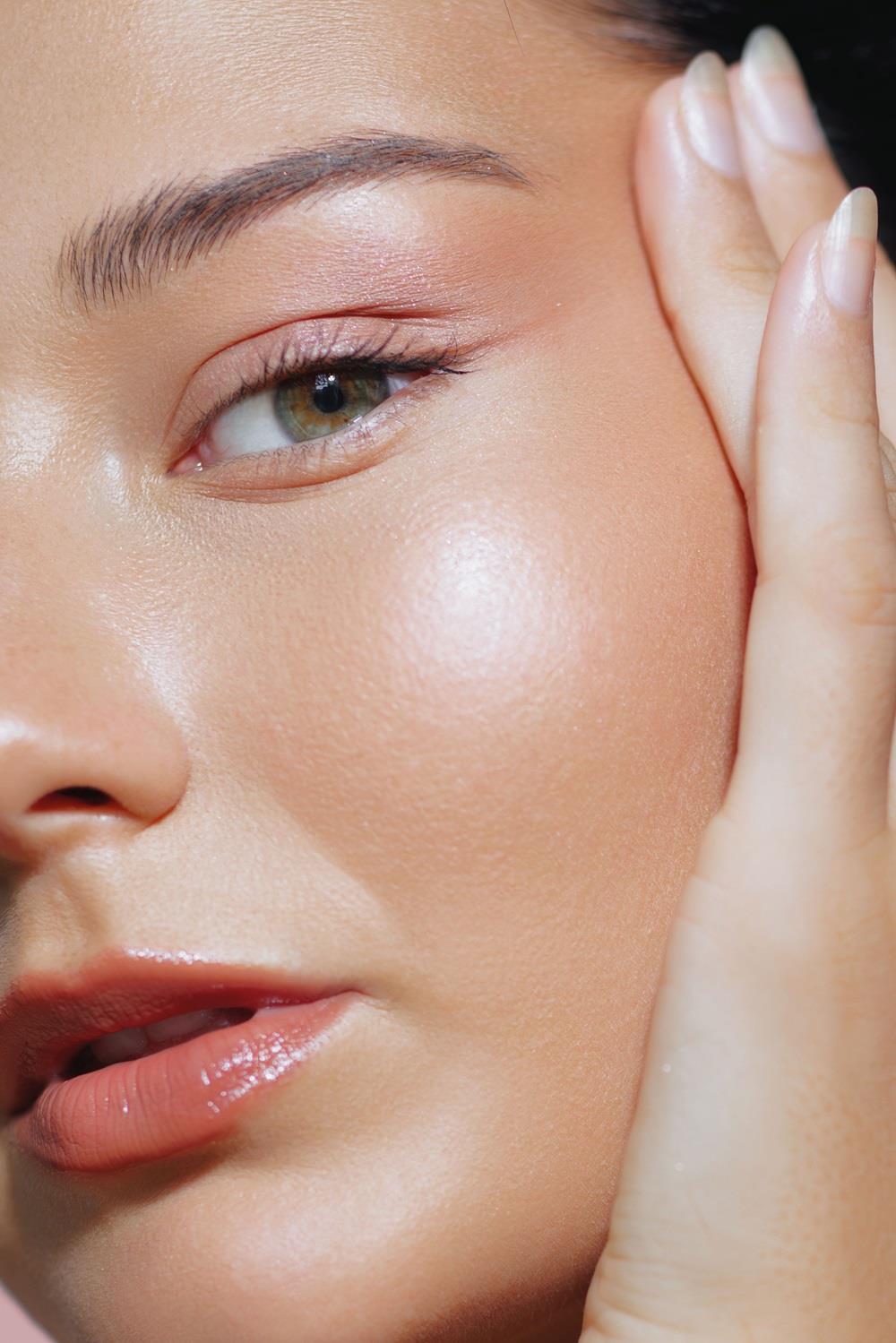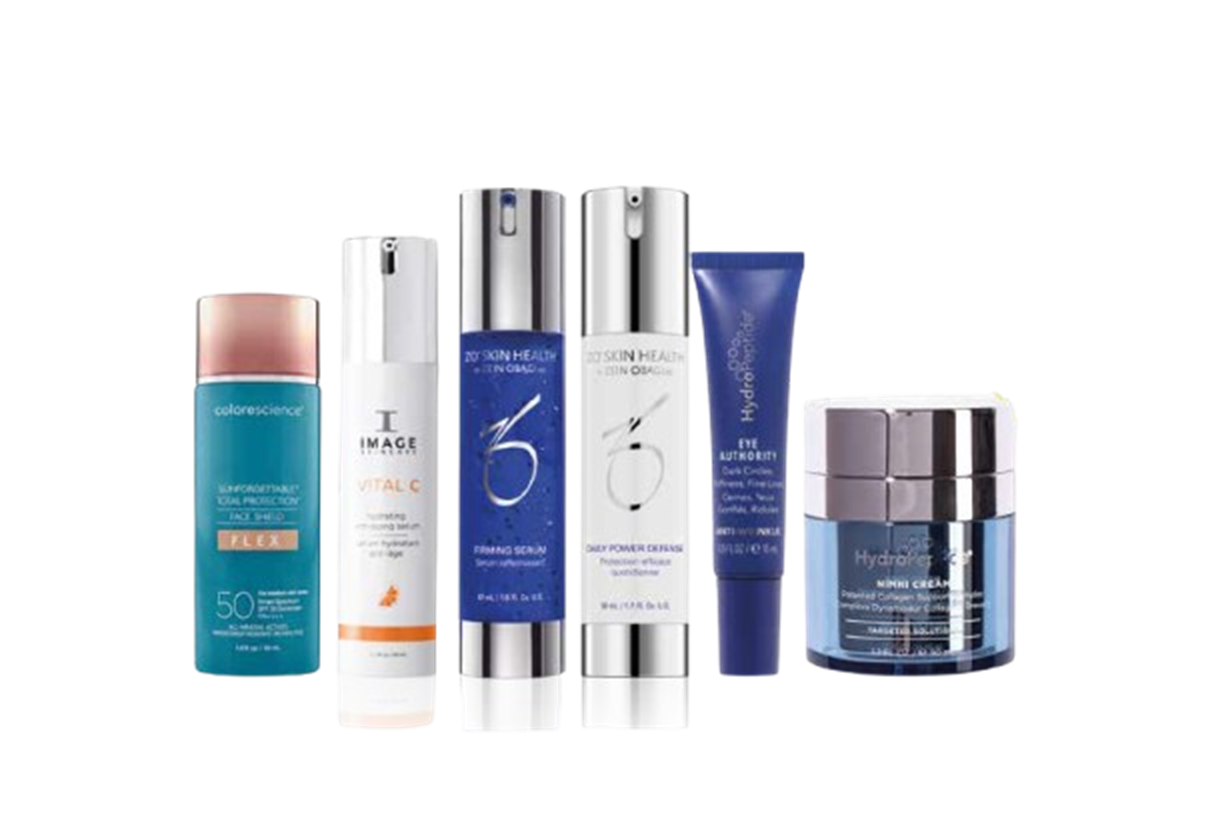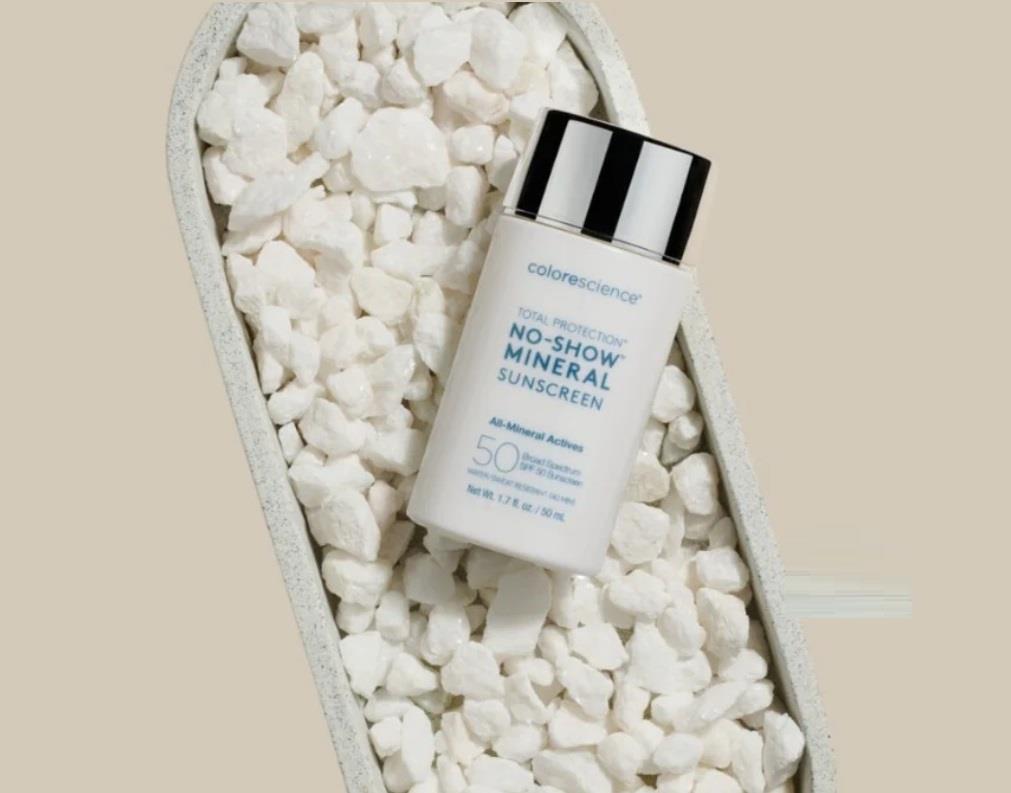ANTISENESCENCE ACTIVITY OF SALVIA HAENKEI
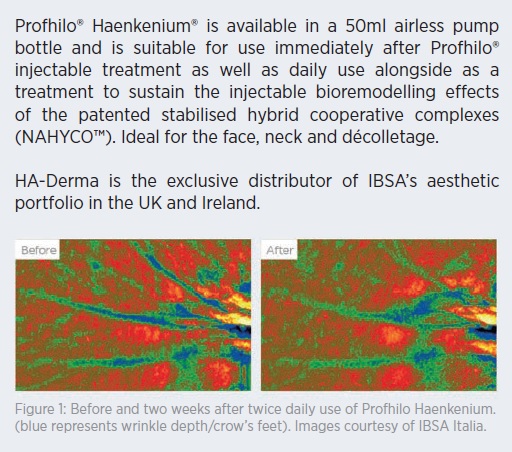
Profhilo® Haenkenium® is a unique and innovative topical formulation which deeply nourishes the skin at a cellular level. This advanced hyaluronic acid complex utilises a patented botanical extract of Salvia Haenkei (0.25%), also known as Prawn Sage, which originates from Bolivia with proven anti-ageing properties. An integrated senescencescreening assay conducted by Matic et al.,(2016) outlines fi ndings from more than 3,000 chemical and natural compounds to demonstrate that Salvia Haenkei decreased replicative and UVmediated senescence in human primary fi broblasts, as well as in a model of in vitro reconstructed human epidermis. Furthermore, the authors report preclinical and clinical testing of this extract by performing toxicity and irritability evaluation in vitro to demonstrate the safety of Salvia Haenkei extract for use as a safe and e. ective antiageing skin treatment. In addition, phosphatase and tensin homolog protein (PTEN) is a key cellular senescent regulator (Childs et al., 2015), and data from Matic et al., (2016) demonstrate that Salvia Haenkei is a strong inhibitor of senescence driven by depletion of PTEN, decreasing senescence of 50% when compared to untreated control, and bypassing the growth arrest promoted by PTEN loss.
Whilst it is acknowledged that reactive oxygen species (ROS) are produced as a product of normal cellular functioning, excessive amounts can cause detrimental e. ects (Liochev, 2013). Furthermore, oxidative stress also promotes cellular senescence and premature ageing to the skin (Polefka et al., 2012). Further fi ndings from Matic et al., (2016) describe invitro testing of human dermal fi broblasts exposed to hydrogen peroxide, which is a potent inducer of ROS, with the antioxidant activity of Salvia Haenkei assayed immediately after the exposure. The e. ect of Salvia Haenkei within these cells was similar to Nacetylcysteine (NAC), a known antioxidant compound tested and used to prevent the accumulation of ROS in di. erent infl ammatory conditions (Kang et al., 2003). These cumulative data fi ndings from Matic et al., (2016) demonstrate the intracellular levels of ROS, and positive effects of Salvia Haenkei, supporting its efficacy in preventing different types of senescence.
Cocetta et al., (2016) concur that Salvia Haenkei proved to be capable of modulating ROS production in conditions of oxidative stress and that it was able to prevent the increase of Nrf2 gene expression induced by UVB exposure. The Nrf2 signalling pathway is a key defence mechanism that is triggered by cells in response to oxidative stress. In addition, the authors noted a protective role of Salvia Haenkei against cellular stress. Cocetta et al., (2016) and Matic et al., (2016) conclude that Salvia Haenkei acts as a gerosuppressant agent, providing protection from free radicals, a cause of oxidative stress and premature cellular senescence, combined with the protective strength of an antioxidant.By contrast, the anti-ageing efficacy of Profhilo® Haenkenium® extrapolated from in vivo data demonstrated statistically signifi cant improvements in redness, wrinkle depth, elasticity and antioxidant potential at day 84 from baseline parameters.
Specifically, a reported 9.2% increase in elasticity, as well as a 55.3% increase in antioxidant potential at day 84 from baseline, demonstrating the ability to visibly reduce signs of ageing through improved skin fi rmness, elasticity and tone. In addition, Profhilo® Haenkenium® contains a 0.2% hyaluronic acid complex, harnessing the power of di. erent molecular weights to stimulate specifi c biological functions and responses within the skin (D’Agostino et al., 2017). The high molecular weight hyaluronic acid gives a characteristic protective benefi t to the skin, specifi cally helping to restore and maintain the integrity of the hydrolipidic fi lm (HHA 800kDA). The low molecular weight hyaluronic acid facilitates optimal skin hydration and hygroscopic properties (LHA 300kDA). The formulation also contains IBSA’s ultrapure hyaluronic acid, produced with a patented biofermentation process of Streptococcus Zooepidemicus which is ranked worldwide as top highquality owing to its safety and purity (D’Agostino et al., 2015).
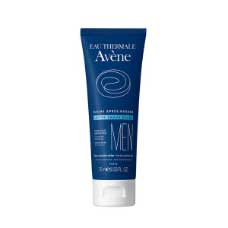
 Added to basket
Added to basket

 Unapplied Changes
Unapplied Changes


